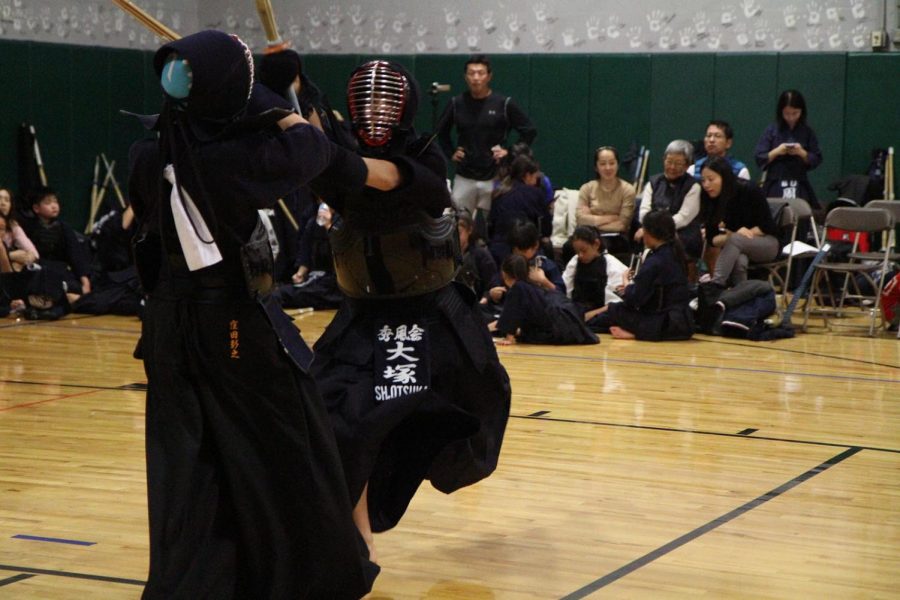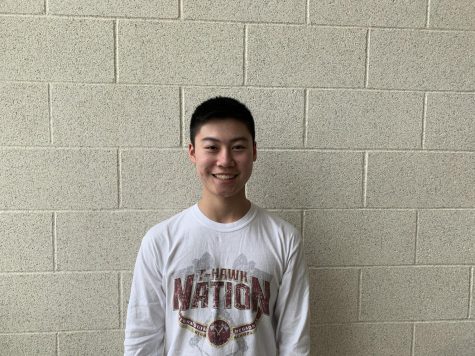Otsuka learns samurai conduct through kendo
Sophomore Shuto Otsuka practices kendo, a Japanese martial art. Kendo is different from other martial arts because it has a much stricter honor code.
April 2, 2020
In order to practice the way of the samurai, sophomore Shuto Otsuka has practiced the art of kendo in numerous tournaments, where he has placed either first or second each time.
Otsuka spends his Sundays at Boston Shufukai Kendo, where his teachers spend six hours teaching him in a strict but fun way. Otsuka has been playing kendo, a martial art that uses bamboo sticks as swords, for about four years. The objective of kendo is to hit certain spots on your opponent’s wrist, head, torso or neck before your opponent does.
“[Kendo practice] is very long, but the only reason I continue to do it is not just because it’s fun, but because it also teaches me valuable lessons,” Otsuka said. “And these lessons benefit me in life, which is of course perseverance, and respecting others even though you may not want to.”
In kendo, players are not allowed to celebrate after they win; they have to follow the rules of bushido, the code of honor and ideals that dictate the samurai way of life, which kendo is based on.
“What it teaches you may be different from other martial arts, especially martial arts that aren’t from Japan,” Otsuka said. “Like street fighting, it might just be me, but I sense that they don’t respect their opponents. So if you see stuff like MMA on TV, they punch the crap out of each other until they bleed and get knocked out, and then they cheer. I think that it’s just very disrespectful.”
According to Otsuka’s sensei Toshimi Yoshida, while physicality does play a certain role in kendo, it is not all that is required to participate or even to do well.
“It’s interesting because, of course, the physical advantage depends on age or gender, but there are certain skill sets that can overcome the advantage,” Yoshida said.
Otsuka also underscores how physicality plays a role in kendo, but not a particularly big one.
“In kendo, or a lot of Japanese martial arts, someone’s size, height, muscle mass, does not mean a better chance at doing well,” Otsuka said. “One can defeat all three of these traits by becoming better at the “skill” part, such as speed, agility, etc. No matter how big the opponent is, one can tip them over and win.”
“It’s very different from other sports,” Yoshida said. “Even if you have some injuries, you can continue until you die, quite literally, so there is no retirement in kendo.”










